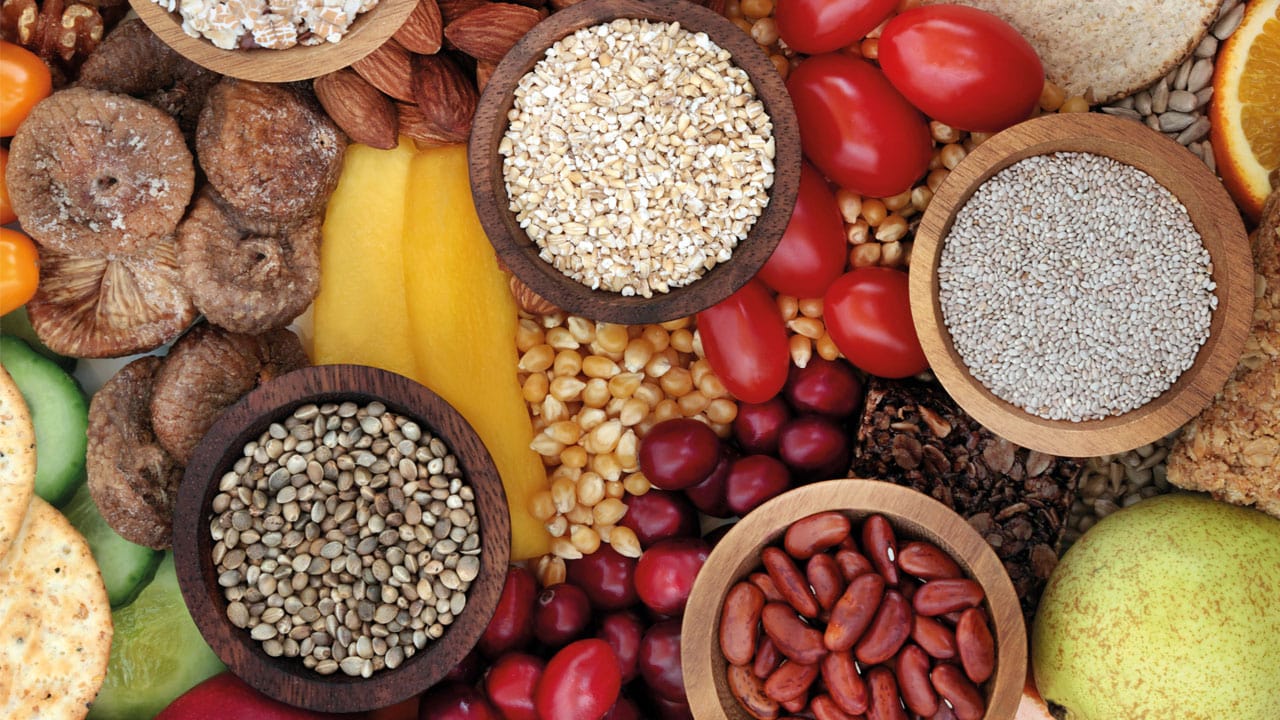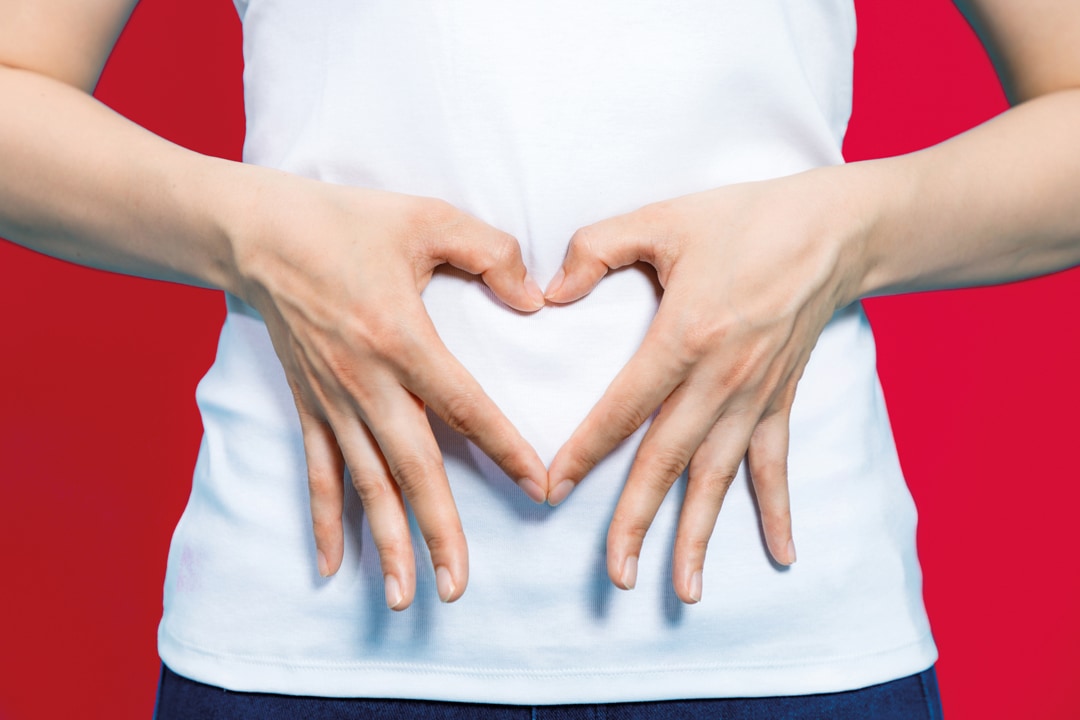
Cooking for a healthy gut
7 tips for on cooking for a healthy gut. By Dr Joan Ransley
The health of our gut can impact not only our physical wellbeing, but also our mental health and mood, so it is important to take good care of it. This is due to the direct link between the gut and the brain, called the gut-brain axis.
When we eat food, our gut and gut bacteria process it and break it down into nutrients and metabolites. Some of the metabolites produced by our gut bacteria include serotonin and dopamine – known as feel good hormones. They are chemical messengers called neurotransmitters and are used by the gut and brain to ‘talk’ to each other. They also have the power to influence our mood and how we feel. No wonder the gut is sometimes called the second brain!
To help us take good care of our gut (and brain!), here are some tips on cooking for a healthy digestive system. From why your freezer is your best friend, to the benefits of berries and the power of plants, these tips will help you give your gut the love it deserves!
1. Your freezer is your best friend when time is short, and you have to put healthy, gutfriendly meals on the table. Frozen beans, peas, sweetcorn, and spinach are all good for the health of the gut. They can be taken out of the freezer in the quantities needed and included in dishes such as omelettes, frittatas, stir fries, risottos, casseroles and pies, or eaten as a side dish.
2. Canned chickpeas are good for gut health, thanks to the fibre they contain, and make a great snack.
- Heat a thin layer of olive oil in a pan.
- Add drained chickpeas and fry until crisp, approx.10 mins.
- Sprinkle over some smoked paprika or ground cumin to add flavour to the crispy chickpeas.
- The same method can be used to crisp up canned Puy lentils.
These crispy pulses can be strewn over salads, curries and vegetable dishes to add texture and flavour.

3. Berries, such as raspberries, strawberries, blackcurrants and redcurrants are a good option for someone with a troubled gut. They look and taste amazing too! Take inspiration from Scandinavian cuisines where berries are made into simple compotes to eat alongside other lightly-cooked foods. Berries are also great served as a delicious dessert with yogurt or cheese. They don’t need added sugar and can be flavoured with crushed cardamom seeds, juniper berries, cinnamon or star anise.
4. Plant foods are the foundation of a diet which helps support a healthy gut microbiota (the collection of microorganisms living in the gut). Plan meals around vegetables that taste good such as aubergines, peppers, mushrooms and courgettes. Adding small amounts of protein or cheese to vegetable dishes also adds to their flavour and texture. Recent research demonstrates the importance of a healthy gut microbiome for reducing symptoms of anxiety and depression.
5. Aim to eat at least 30 different plant foods a week. All minimally processed plant food count towards this target. Anything from a clove of garlic to some nuts or seeds. Challenge each member of the family to count the number of plant foods they have eaten in a week. You may be surprised by how well everyone does. The reason why eating a wide variety of plants is important is it improves the diversity of the gut microbiota. A healthy and diverse gut microbiota may have positive effects on the ‘gut-brain axis’ including reducing anxiety.
6. Whole grains can help keep the gut healthy as they contain soluble and insoluble dietary fibres and a range of bioactive phytochemicals which can improve health due to their antioxidant, anticarcinogenic, antimicrobial, antimutagenic, and anti-inflammatory activities. These important bioactive phytochemicals are mainly present in the outer layers of the grains. Examples of whole grains include wholewheat and spelt, brown and wild rice, barley, maize (corn), rye, millet, oats, buckwheat, quinoa and ‘ancient grains’ e.g. kamut, freekah, amaranth.
7. Use as much of the whole vegetable as you can. When using spring onions, use the white and green parts. Use broccoli and cauliflower stalks in soups which are going to be liquidised. Steamed beetroot leaves are delicious as a side dish, or use the outer leaves of cabbages, kale and sprouts to make crisps. Roughly tear the leaves to the size of a crisp, place in a bowl with a little olive oil and a little garlic powder and parmesan cheese and mix well. Lay the dressed torn leaves on a baking sheet and place in a preheated oven [220°C/Gas 7]. Cook for 5 minutes until crisp and just beginning to brown.
For further information, as well as more gut-friendly recipes from Dr Joan Ransley, visit: loveyourgut.com




